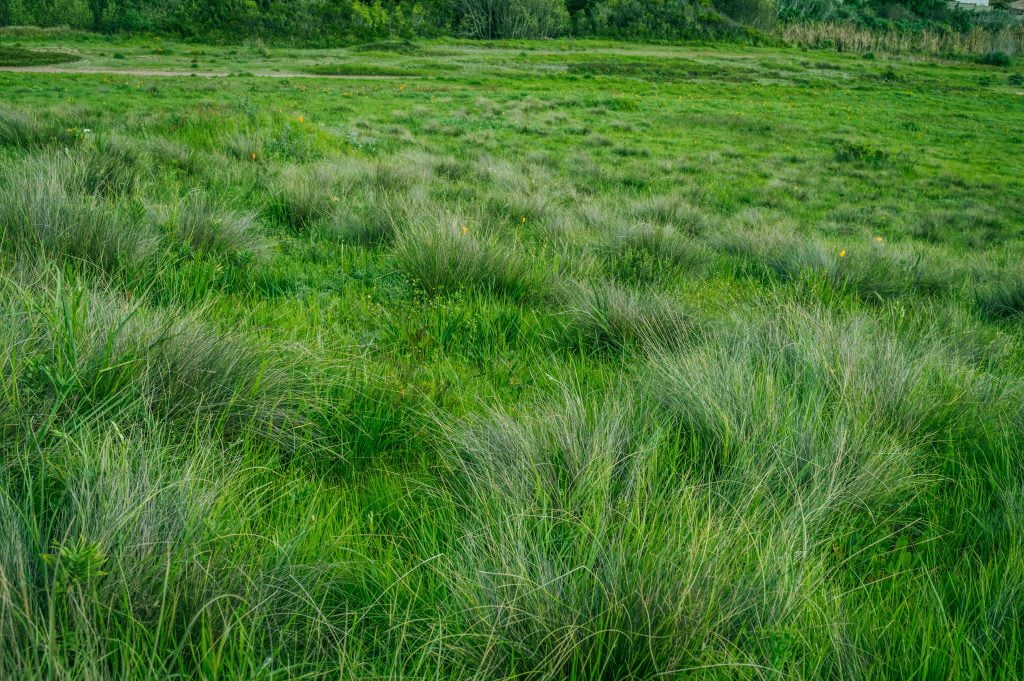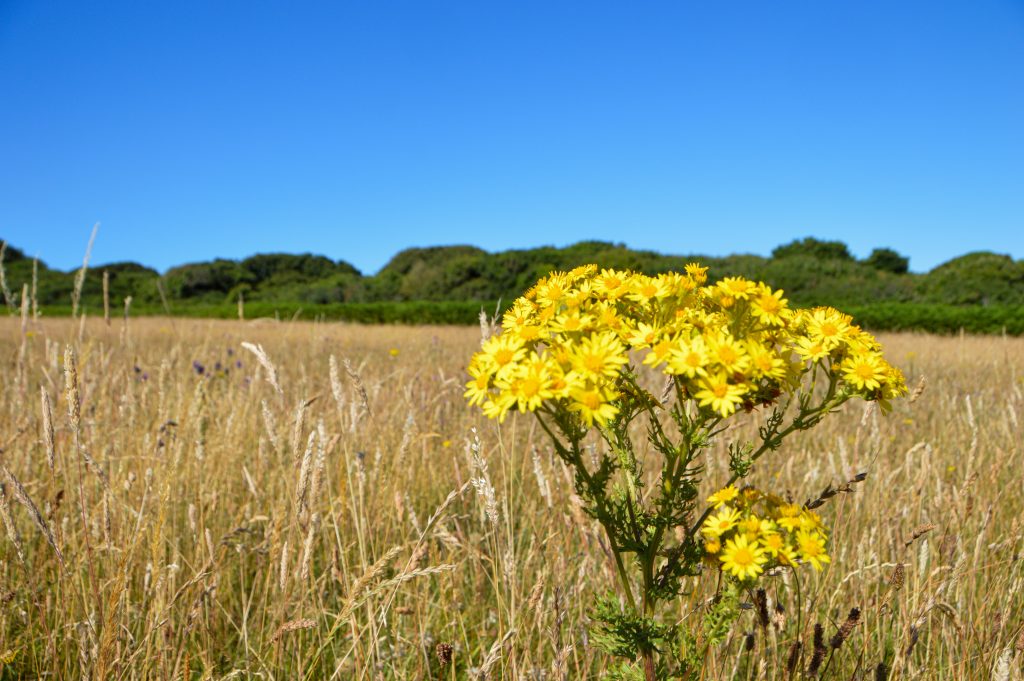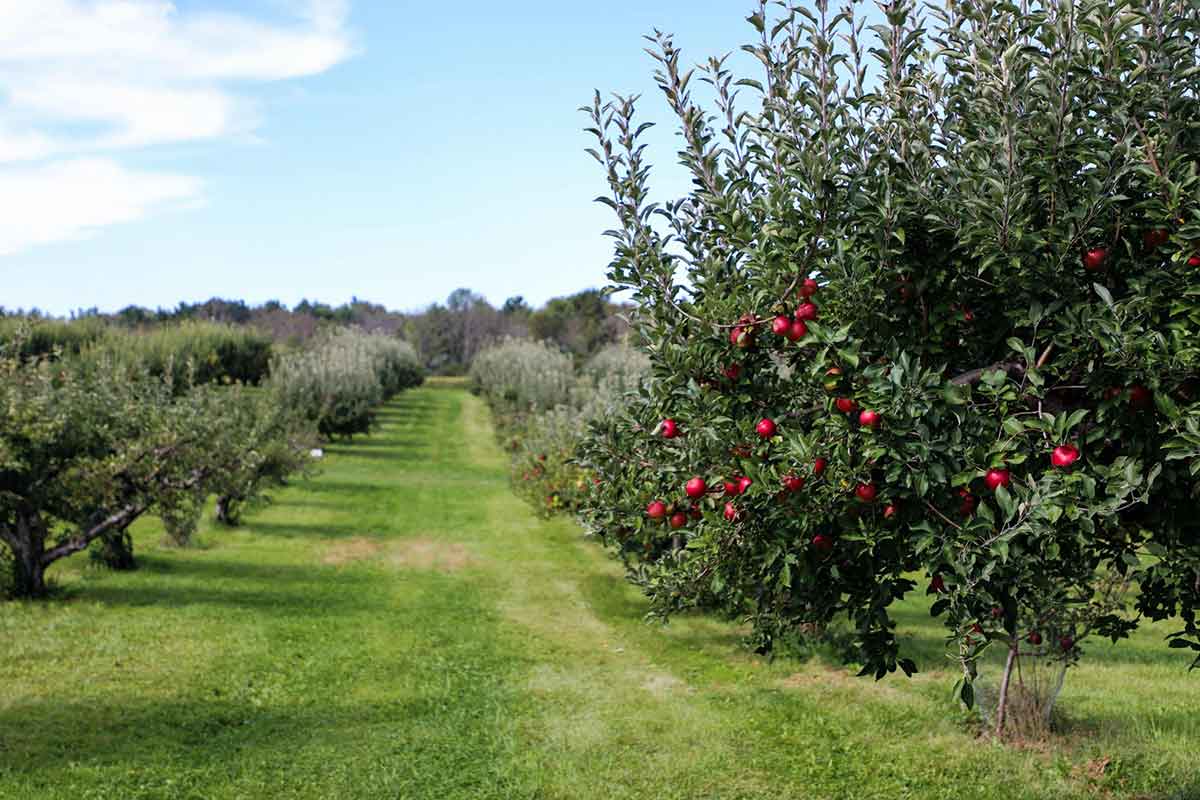Good grass is a great way to keep a horse happy and healthy. Getting the most out of your grass, whether you have acres and acres, or the littlest smallholding, can be easy with just a few simple tips.

Start with Soil
The correct pH is one of the keys to soil health. Soil testing kits are easily available online, so you can check the soil pH and nutrients at home, then send off the samples, with maximum convenience and minimum cost. If the soil is too acidic (less than pH 6.5), lime can be added but this does mean that horses should be kept from this grass for a couple of days.
With a bit of damp weather, soil can become water-logged and boggy, which will damage or kill the grass. A simple way to prevent this from happening is to keep the soil well aerated. If you have use of a tractor, this can be achieved with a Fleming Aerator, which aerates the soil with minimal disruption to the grass itself.
High-traffic areas, such as the gate and around the trough, can easily become a muddy mess. As well as being no good for the horse’s hooves, but also allows weeds to grow where the grass does not. Grass mats will prevent sinking, while also allowing grass to grow where possible. Another option is to put down crushed stone with a radius of around three horse lengths from the gate and around the trough. This will give solid ground but will not help the grass grow.

Grass Care Is Key
Horses cannot digest long thick grass properly, so it is important to top the paddock to remove scrub and promote new growth. The Fleming or Winton Topper Mower offers a size to fit most compact tractors, while the Wessex ATV Topper Mower is a great option for horse-owners without a tractor. The grass should be cut no shorter than 5cm, once or twice a year, and the cuttings removed or allowed to dry completely before allowing horses to graze the paddock.
A harrow is ideal for removing thatch and even shallow weeds from the grass, while a roller over drier soil can restore churned up pasture. The William Hackett range of standard and framed harrows as well as the FTS Field Roller can be fitted to a range of vehicles, from compact tractors to ATVs and 4x4s.
As horses are picky eaters, which can lead to overgrazed and undergrazed areas. Keeping non-selective grazers, such as sheep or goats, in the paddock can even out patchy grass. This means the grass will be healthier.
Where grass is overly patchy, reseeding may be the best route. Some equestrian suppliers sell special seeding mixes for horses which will grow not only grass, but herbs that are beneficial to horses’ health. Large areas can be fertilised using the Fleming PTO Spreader.

On the Surface
By far the least glamourous part of horse-ownership, is dealing with their excrement. Picking it up is vital for the health of the paddock, as horses will not eat soiled grass and removing it will lower the worm load of the land. This is a task recommended to be done daily. The manure is valuable as fertiliser so it’s not all bad!
It is also important to check the paddock every day for toxic plants, like ragwort. These plants will need to be dug up, making sure to get the roots, and burned so they can’t spread. Grass will happily fill the gap.
Horse owners will do almost anything for their animals. Providing good grass seems like a small way to make horses happy, but with a little work, it can create a horse’s heaven.
[/fusion_text][/fusion_builder_column][/fusion_builder_row][/fusion_builder_container]








